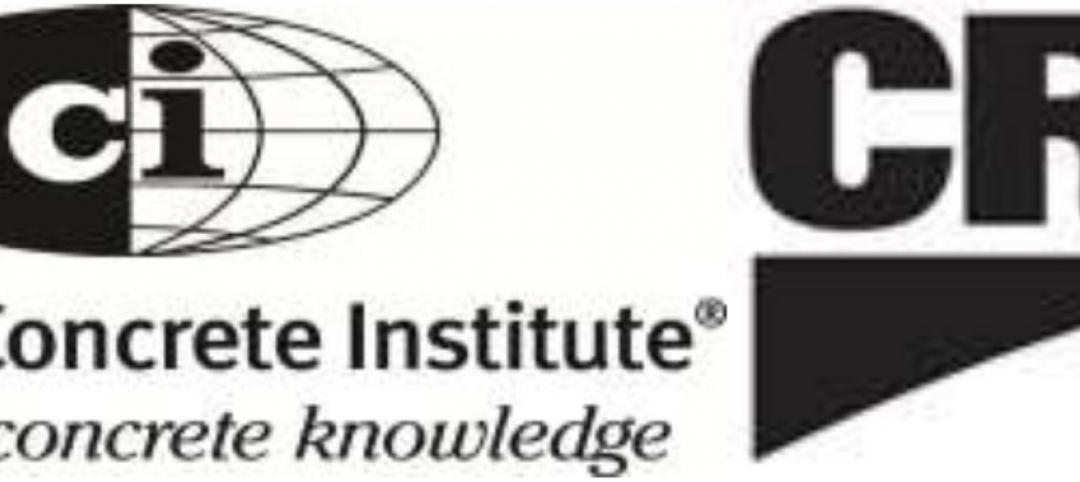Low- and no-cost measures can significantly reduce embodied carbon in mid-rise commercial office, multifamily, and tilt-up-style buildings, according to Rocky Mountain Institute.
Whole-building design, material substitution, and specification strategies can chop embodied carbon by 24% to 46% in those building types at cost premiums of less than 1%, the Institute says. A recent report by the Institute focused on carbon embodied in structural elements, which accounts for about 80% of a structure’s embodied carbon.
Whole-building design can have the biggest impact on embodied carbon, the report says. Material substitution and specification can also result in substantial embodied carbon savings, especially when targeting carbon-intensive materials such as concrete and steel.
A building’s structure and substructure typically make up the largest sources of up-front embodied carbon—as much as 80%. But the relatively rapid renovation cycle of building interiors associated with tenancy and turnover can account for a similar percentage of emissions over the lifetime of a building.
Related Stories
| Oct 20, 2011
LEED 2012 to require real-time energy, water use reporting
The LEED 2012 rating system, set to launch in November 2012, will contain features to make sure buildings function as intended, and improve over time.
| Oct 20, 2011
New York City moving to speedier, online design reviews
New York City is moving towards a development design review process that will let officials and developers review blueprints for new projects online in a virtual conference room rather than in person.
| Oct 20, 2011
Michigan bill would let private firms operate as a city’s building department
Michigan House Bill 5011 would change state’s building code to allow private companies to operate as a municipality's building department.
| Oct 20, 2011
Alabama’s strict immigration law drives away construction workers
Alabama's strict new immigration law is driving many construction workers and roofers from the state.
| Oct 20, 2011
Fed bill would allow school rehab funding via historic tax credits
Virginia Sens. Jim Webb (D) and Mark Warner (D) introduced a bill this month to rehab aging schools across the country through the use of historic tax credits.
| Oct 20, 2011
Process leads to new design values for southern pine and other visually graded dimension lumber
A summary of the process used to develop new design values will clarify many of the questions received by the SFPA.
| Oct 19, 2011
Another drop for Architecture Billings Index
Positive conditions seen last month were more of an aberration.
| Oct 18, 2011
Dow Building Solutions invests in two research facilities to deliver data to building and construction industry
State-of-the-art monitoring system allows researchers to collect, analyze and process the performance of wall systems.
| Oct 14, 2011
ACI partners with CRSI to launch new adhesive anchor certification program
Adhesive anchor installer certification required in new ACI 318-11.
| Oct 13, 2011
New Building Materials Label Focuses On Sustainability
Architectural products company Construction Specialities and design firm Perkins + Will have created a label for building materials to shed light on product content.











